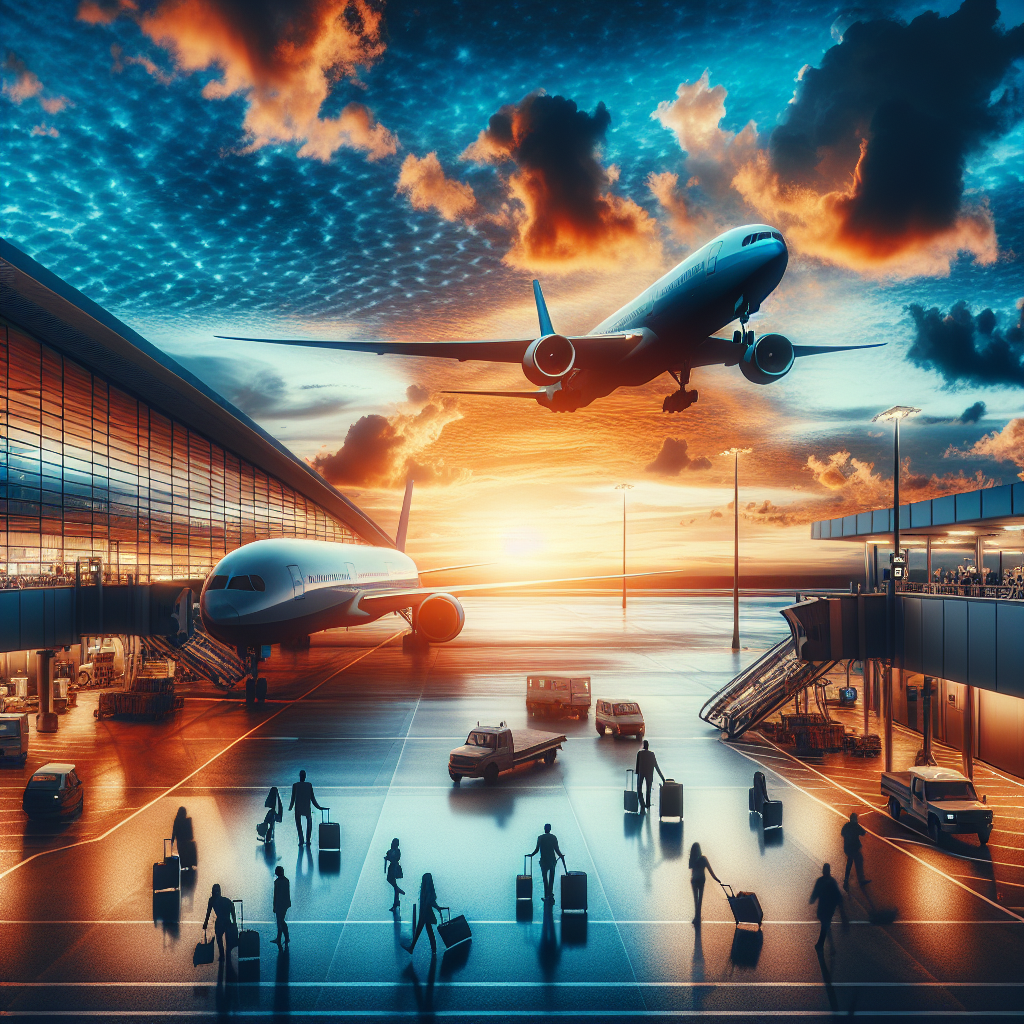
Understanding the Climate Impact of Holiday Air Travel
The Significant Role of Aviation in Carbon Emissions
As you plan your holiday travels, it’s crucial to consider the environmental impact of your mode of transportation. Aviation in Philadelphia ranks as the second largest source of greenhouse gas emissions, trailing only behind commercial buildings, according to the city’s 2019 emissions inventory. The Philadelphia International Airport contributed more emissions than both residential buildings and on-road transportation.
How Flights Add to Climate Change
Each round-trip flight from Philadelphia to San Francisco generates approximately 300 kilograms of CO2 equivalent, according to Jayant Mukhopadhaya from the International Council on Clean Transportation. This is about the same as going car-free for a month and a half or adopting a vegan diet for three months.
Globally, commercial aviation accounts for over 2% of greenhouse gas emissions. Most of this comes from long-haul flights. It’s not only jet fuel that negatively impacts our climate; contrails, or condensation trails left by planes, also play a warming role by trapping heat in the earth’s atmosphere, especially during cold, humid conditions.
Flying Vs. Driving: Weighing Your Travel Options
In many instances, air travel might not be the most carbon-efficient choice. For some distances, alternatives like trains or buses could be more eco-friendly. For instance, a train ride from Boston to New York is more climate-efficient than flying.
- A bus or train can be more climate-friendly than a flight for medium distances.
- For longer distances, flying might be more efficient than driving alone.
- Consider carpooling or using public transport when possible.
Reducing the Aviation Emissions
The aviation sector, notably at Philadelphia International Airport, is investigating ways to curb its carbon footprint. The airport’s scope 3 emissions come primarily from the operations of airlines. However, the Philadelphia Department of Aviation is collaborating with airlines to electrify ground operations and exploring the use of sustainable aviation fuels (SAF).
Sustainable aviation fuel includes non-petroleum fuels derived from vegetable oil or synthetic fuels made from CO2 and hydrogen. However, these are currently more expensive and still produced on a small scale, posing challenges in their widespread adoption.
The Road Ahead for Aviation Sustainability
Efforts to decrease carbon emissions in aviation could also involve carbon offsets, carbon capture technologies, and the development of electric and hydrogen-powered aircraft. Despite the optimism, scaling these technologies will take time, potentially decades, to achieve substantial reductions in emissions.
What You Can Do
While the aviation industry works towards sustainable solutions, individual travelers can also make an impact:
- Choose flights that are more direct and avoid layovers.
- Consider booking with airlines that invest in greener technologies.
- Offset your carbon emissions through verified programs.
- Use video conferencing for business meetings to reduce travel.
The Future of Travel
The push towards a sustainable future for travel is ongoing. As more infrastructure for sustainable fuels and electrification develops, travel can become more environmentally friendly. However, achieving a significant decrease in aviation emissions remains a complex challenge, and it requires cooperation across industries and stakeholders.
Remember, every choice you make has an impact. Choose wisely and consider the alternatives. Together, we can work towards a cleaner, greener future.
Source: https://whyy.org/articles/holiday-season-travel-climate-impact/


Thanks for sharing. I read many of your blog posts, cool, your blog is very good.